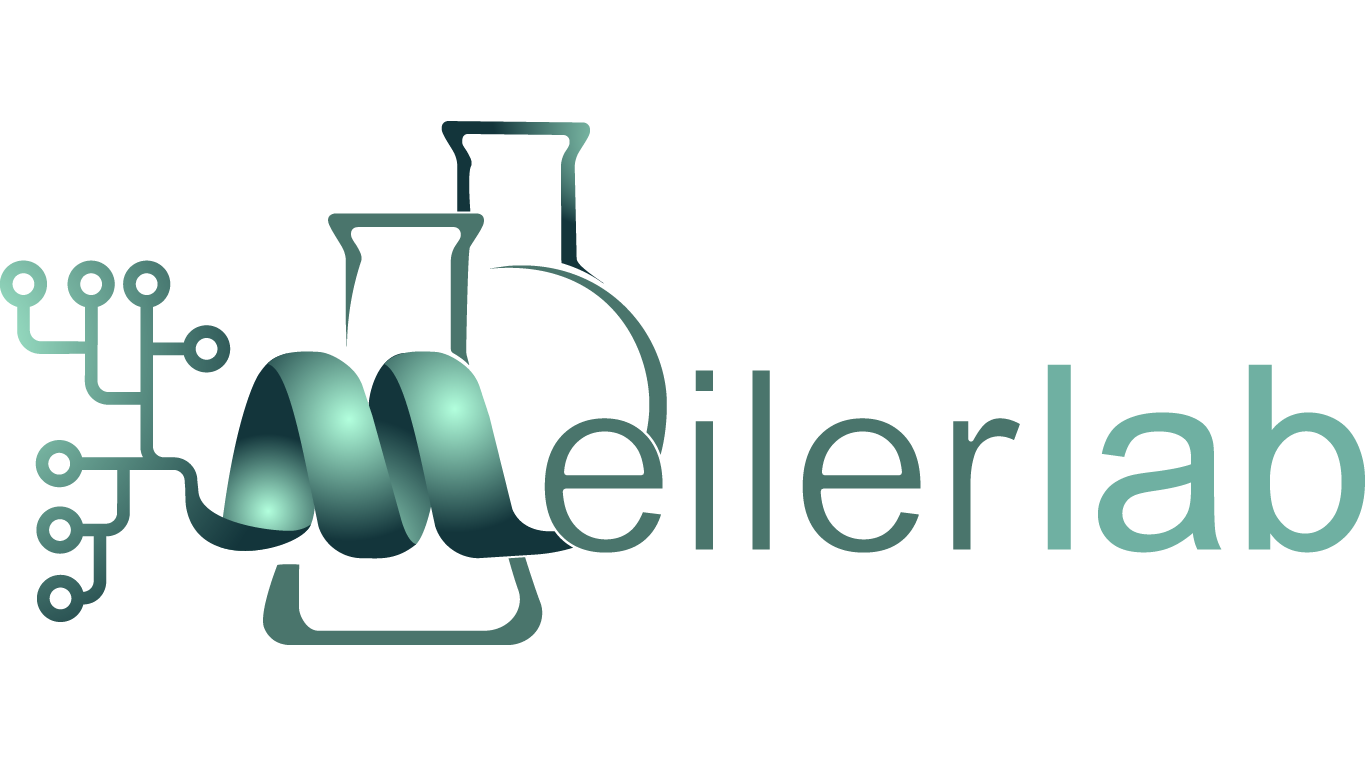Membrane proteins are biomolecular machines that situate within complex lipid membrane environments, which make them challenging systems to study. Lipids serve as determinants for the structural conformation of a membrane protein and are well-recognized for the key role they play in regulating function. For example, the KCNQ1 voltage-gated potassium ion channel assembles in the membrane with lipids like PIP2 and cholesterol to promote the IKS current critical to normal cardiac rhythm.
Many efforts have been made to mimic native lipid environments for experimental evaluation of structure and function. Types of common lipid mimetics include detergent micelles, bicelles, nanodiscs, amphipols, and liposomes. More recently, styrene maleic acid co-polymers (SMAs) have emerged as a tool to extract membrane proteins directly from the native lipid bilayer. However, our structural understanding of membrane proteins is largely restricted to non-native detergent micelles. Therefore, research in the Meiler Lab leverages integrative structural biology approaches to determine how lipid mimetics influence the structural conformation and organization of a given membrane protein complex.
We develop a variety of biophysical methods (i.e. NMR, EPR, SANS/SAXS and computational biology) using the Disulfide Bond Formation Protein B (DsbB) as a model membrane protein system and apply these methods to investigate membrane proteins key to human health. Membrane proteins of focus in our lab include the potassium voltage-gated channel subfamily Q member 1 (KCNQ1), human epidermal growth factor receptors (EGFR, HER2), G-protein coupled receptors (GPCRs), and full-length influenza virus hemagglutinin (HA).
